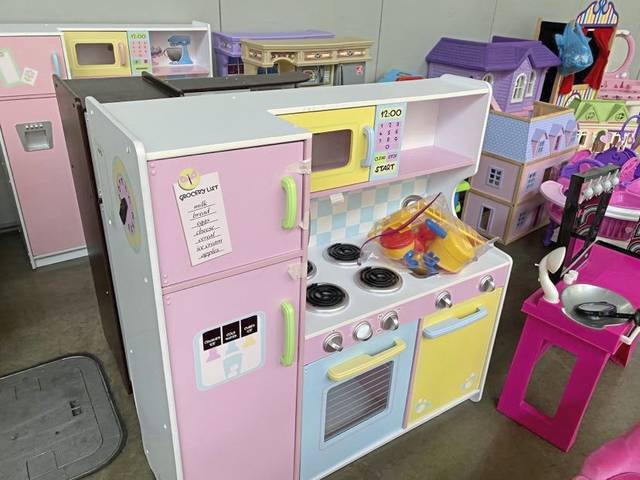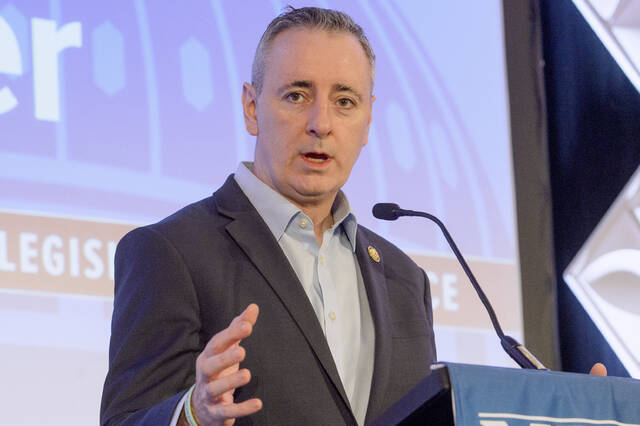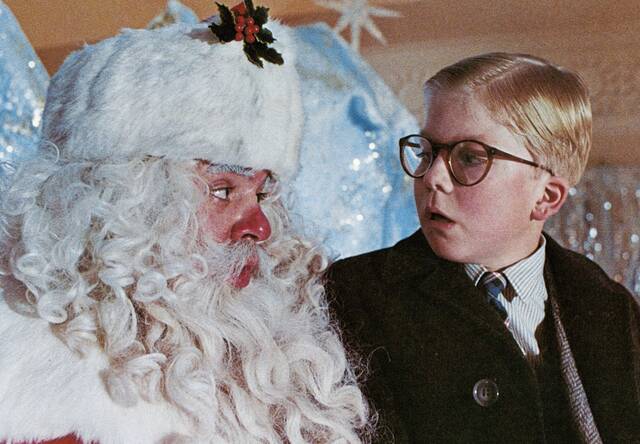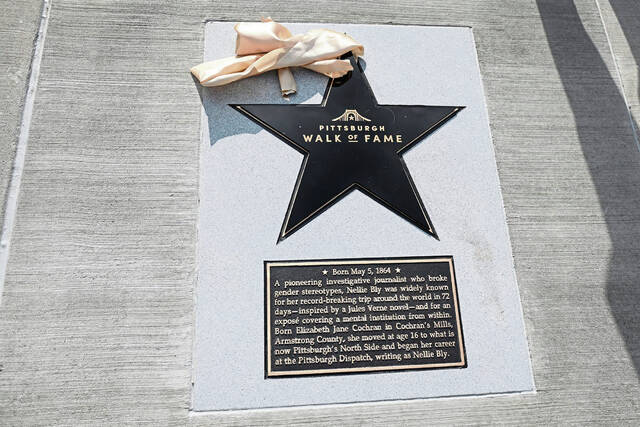The box sat in the entry of the school like something someone had started to fill and then forgotten.
It was big — about the size of a refrigerator but half as tall. Inside, it was scattered with various boxes, bags and cans.
There were a few brightly colored rectangles that shouted the names of cereals that were oddly familiar but not quite right. Rice Crunchies! Cheery Oaters! There were boxes of store-brand macaroni and cheese and bags of rice. There were cans of soup in flavors no one really wanted.
But something about the box felt halfhearted. It was charity, but it wasn’t the kind of giving you felt inspired to do. It wasn’t about filling cupboards of people who needed food. It was about filling a box that sat in the hallway outside the principal’s office. It reeked of obligation.
I remember that box at John F. Kennedy Grade School in Washington, Pa., because I remember going through the pantry in my house to bring in the two items I was supposed to contribute to it. I sifted through the shelves trying to decide what to give away.
Do I give the poor my favorite bean and bacon soup? Not likely. The bottle of maple syrup? What if the poor didn’t have pancakes? Jam seemed like a waste. The poor didn’t need yummy strawberries on their peanut butter.
To a second grader, it was clear. The poor needed canned carrots and tomato paste. I picked the cans that were a little dented.
In church that Sunday, the priest talked about giving with a glad heart. It felt like he was rebuking me personally. I didn’t bring in more food. Hey, I was 8. I didn’t do the grocery shopping.
But I think about that box often, and I have tried to make the giving a priority for my son. Last Christmas, when the Toys for Tots drive started, I gave him a gift card and a direction. Spend the whole thing. Buy toys you would like. Know that they are all going under someone else’s tree.
I had him explain to me why he bought this set of Legos and that action figure and the remote control car. He put as much thought into it as I did with the canned goods, but he approached it in reverse.
He didn’t get a video game because what if the kid who got it didn’t have a player? He got the Legos that could be used to build several different things. He made sure he got extra batteries for the car.
What if we all did that?
One-third of all giving is done in December, according to National Association of Nonprofit Organizations and Executives. End-of-year holidays motivate some. The looming end of the tax year motivates others. This year, with a pandemic and an economic crisis, the need is higher but the resources might be stretched thinner, making giving both harder but more important than ever.
What if we approached supporting a nonprofit the same way we give a birthday present to someone we love? What if we opened our cupboards for a food drive with the same thoughtfulness that we plan a holiday dinner? If we left out the obligation and upped the intention, would we fill the box faster and higher?








